Rooted in the reggae and dancehall culture, war dubs have spread and been interpreted by many later movements, the most famous of which is certainly the Grime scene. While the format was originally relegated to broadcasting via (pirate) radios and DVDs, war dubs have always kept up with technology, constantly evolving as illustrated by this excellent article on Crack magazine. As it happened to music consumption with the spread of streaming platforms, the web and the digital world have levelled the barriers allowing everyone to remix and create a version adapted to the times and their needs. That’s exactly what the wave scene has done.
Kickstarted by Yama in 2020 as a way to push resilience among producers during the “Covid years”, wardubs have now become an annual fixture for the wave community. “Wardubs was birthed from the first COVID quarantine lockdown and the combination of boredom and being terminally online that it brought” the Seattle-based artist told Mendowerks. “Right before COVID hit, our scene was on a massive upward curve and everyone was riding that high, only to get smacked back down to earth with events and tours being cancelled all over.” But what exactly happens in wave’s wardubs?
Step one. If you’re called out by a producer friend, you have 24 hours to come up with a response. Whether it is a complete track or a one-minute beat is trivial. What matters is not to let the challenge fall on deaf ears.
Step two. Once published, it’ll be your turn to call out other artists, creating a hypothetically endless chain reaction. In short, the same mechanics behind the old-fashioned message chain of the 2000s. That’s it. Easy as it sounds.
And that is precisely wardubs’ winning point. While on one hand we feel increasingly stifled by the excessive perfectionism demanded by parts of the music industry and the cries for help for a return to a less institutional status quo are multiplying, wardubs focuses on immediacy and sociality. It’s a playground of its own, where creativity, irony, and provocation often play the leading role (it’s not rare to find hilarious titles that directly diss a producer). It’s a space and a moment in which a healthy kind of competitiveness is cultivated. A feeling used as a propellant and motivator, to exalt oneself and exalt others.
It’s a win-win situation for both artists and fans. The former are given an anarchic context to fight writer’s block or experiment without prejudice. We, as fans and listeners, just have to sit back, grab some popcorn, and enjoy tons of original and unpredictable cuts released on a daily basis. It’s a perfect way to effortlessly discover new artists, new sounds and fire up discussions about music.
Despite its roots in the past, the wardubs format is perfect for these current times. First and foremost, seriality in media publishing is something we all enjoy and are well used to thanks to TV series, content creators, or even manga. Moreover, its ‘social’ nature takes the most out of SoundCloud’s social features. Despite the general technical sluggishness of the platform, when it comes to music sharing it remains the undisputed leader. A well-curated SoundCloud feed still works miracles and seeing it used in a game-like way for wardubs is a much appreciated (and needed) breath of fresh air. Art is hard, the music business is a tough place but wave’s wardubs are an an oasis where we can enjoy music for music sake, have fun with friends, and share honest feedback. In other words, everything that doesn’t happen during New Music Fridays.
WARDUB SEASON 5 has recently ended and now you can easily dive into more than two hundred submissions courtesy of crowit.

